I had a wonderful experience as an African Dance Accompanist for the North Carolina School of the Arts 2016 Summer Dance Program.
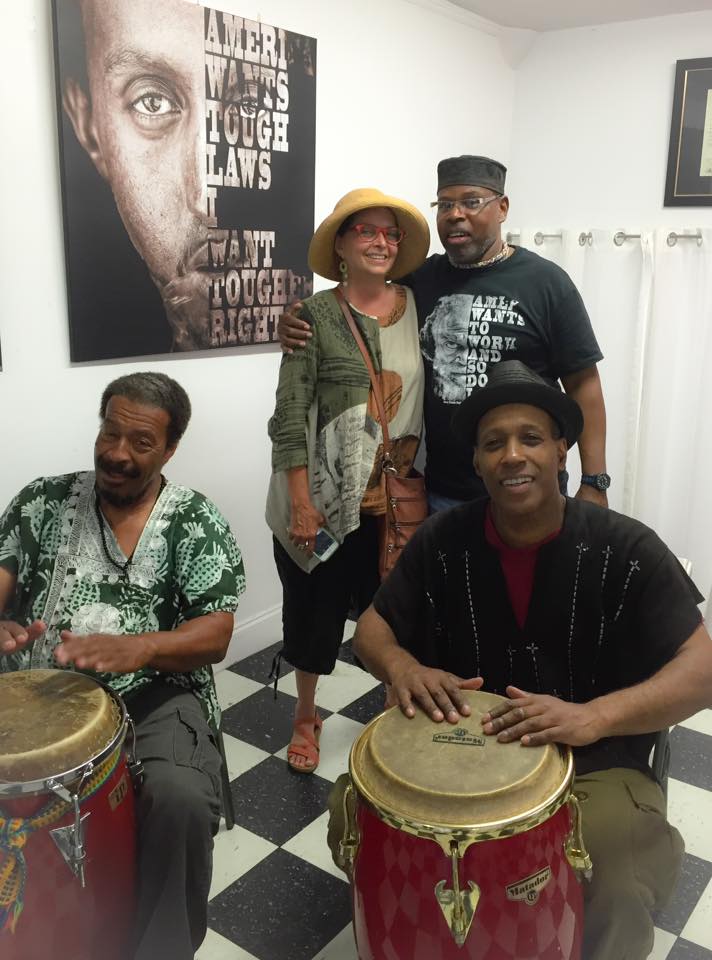
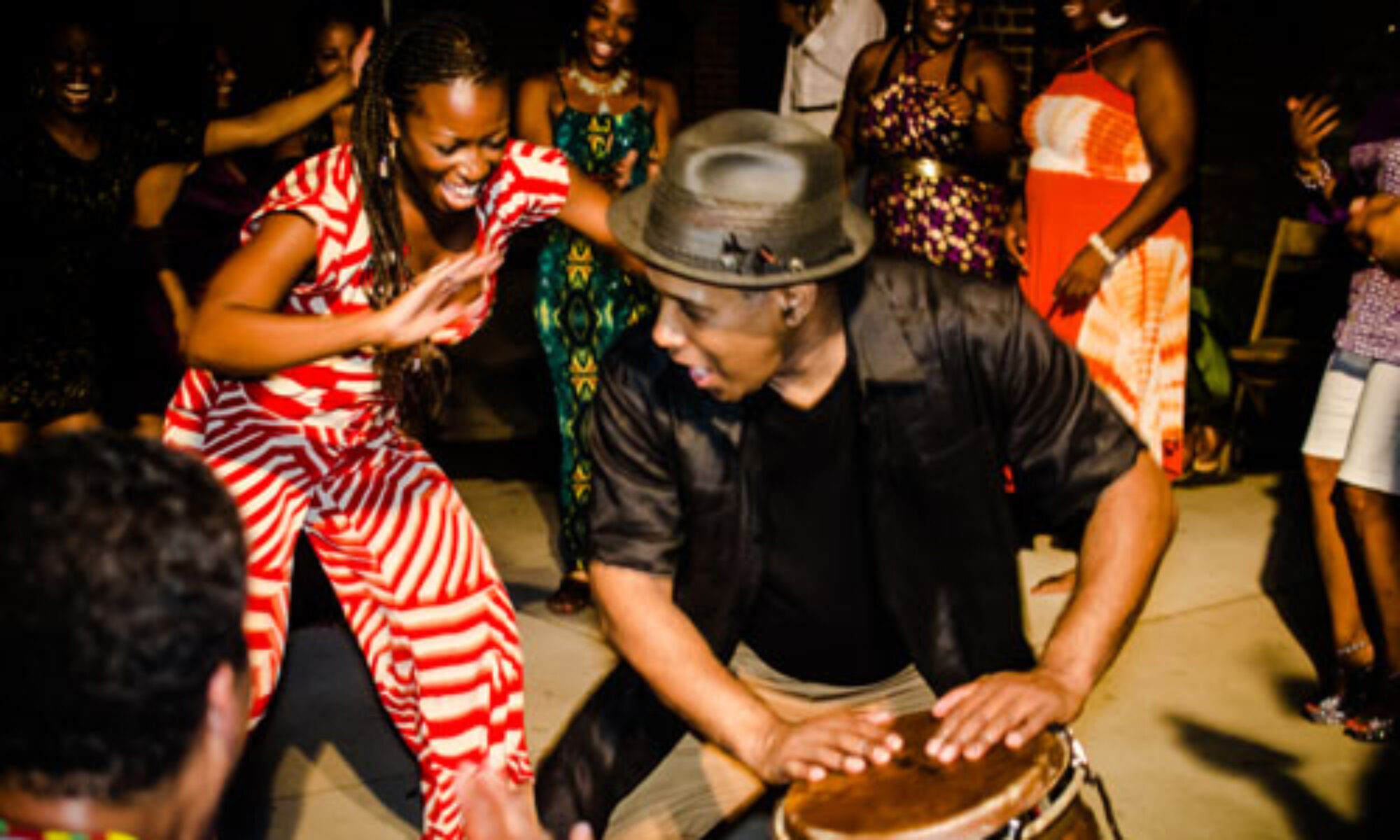
Percussionist
I had a wonderful experience as an African Dance Accompanist for the North Carolina School of the Arts 2016 Summer Dance Program.

This is a short clip from a performance during a wedding party. I am available to play all forms of percussion and to help make your celebration more festive!
Anytime I am privileged to play instruments and tap into that vibration in the universe, I am blessed.
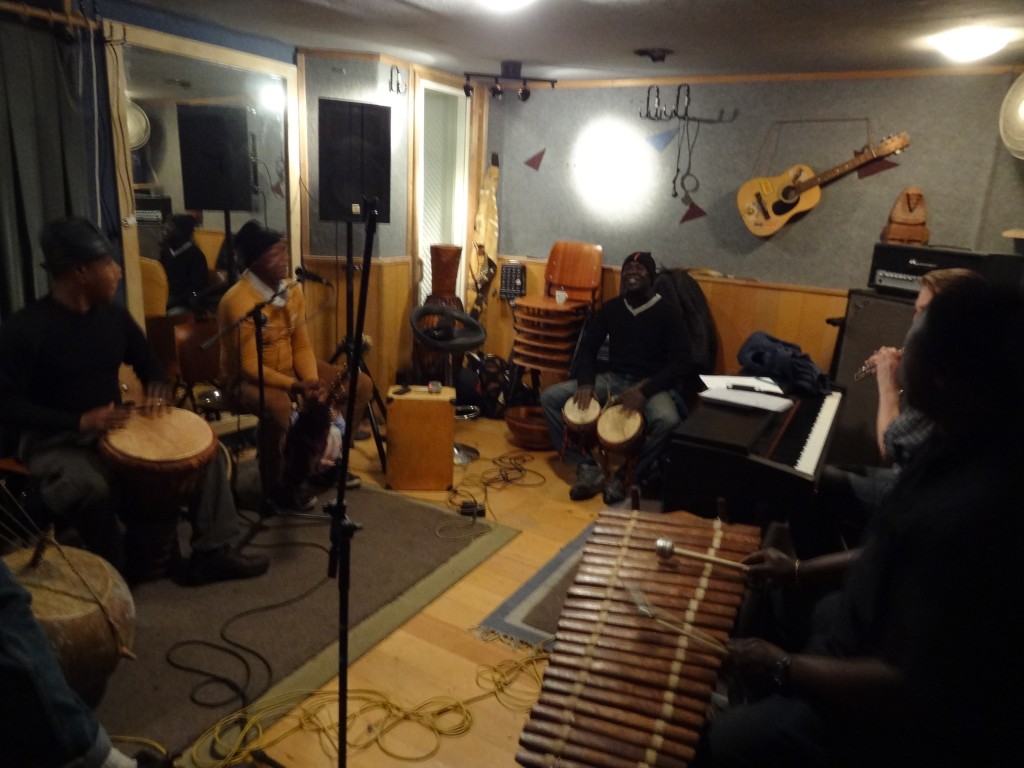
[rev_slider kankan]
I traveled throughout Africa with the band I was playing with. I was embraced and loved by all of the people. It was a wonderful, life-changing experience to meet so many beautiful human beings. We hear so many negative things about Africa, but Africa is truly a beautiful place and I am so grateful to have had the experience of living and working there.
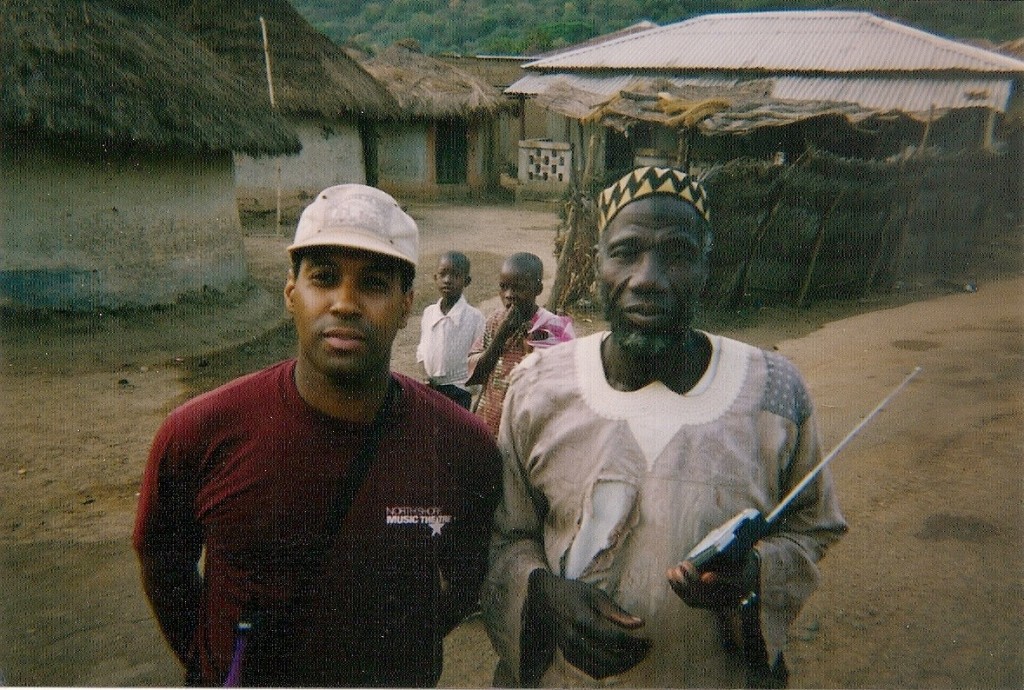
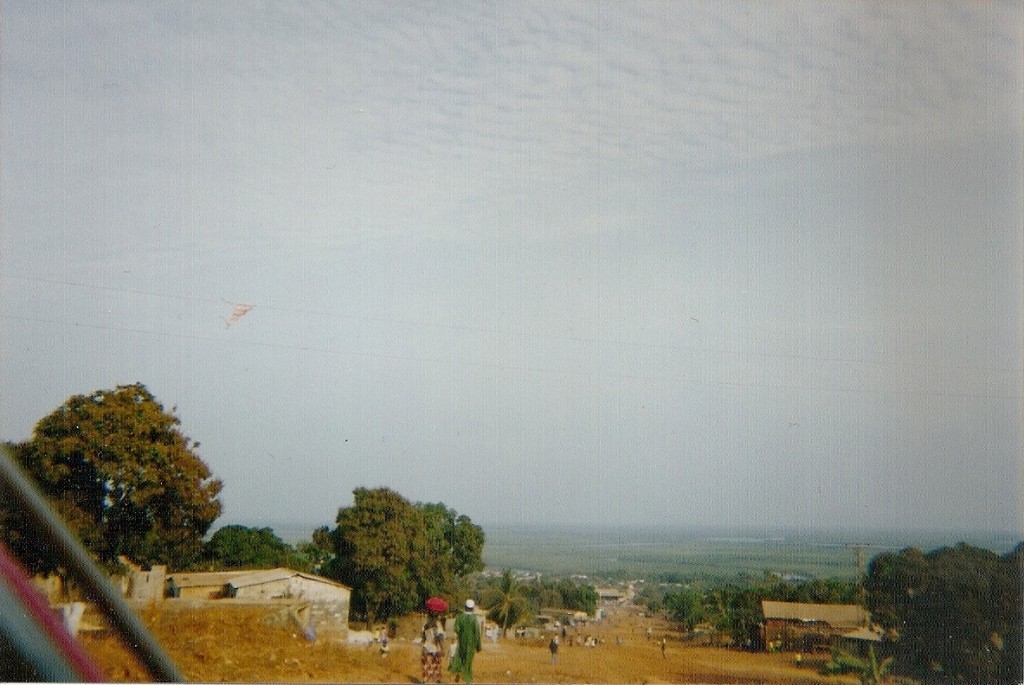 This is Faranah’ , upper Guinea.
This is Faranah’ , upper Guinea.This was the group that adopted me as a fellow drummer. I lived and toured with them for many years in The Netherlands from 1988 to 2003. When I wasn’t on tour I was with them or in Africa.
The kamale ngoni is a six to eight stringed, pentatonic instrument. It evolved from the six string donso ngoni. The donso ngoni originated several hundred years ago and was traditionally played for hunting ceremonies. In recent years the instrument was played by young men for occasions other than hunting. The instrument was given the name kamale ngoni for these purposes. “Kamale” means “young man” in Bambara, Mali’s most popular language. So, although the tuning remained the same between the two instruments, the rhythms and melodies completely changed. Within the last 30 years the kamale ngoni has become a popular instrument in Malian music. Similar instruments are the cora and the bolon.
A djembe (JEM-be) (also spelled djembé, jembe, jenbe, djimbe, jimbe, or dyinbe) is a rope-tuned skin-covered goblet drum played with bare hands, originally from West Africa. According to the Bambara people in Mali, the name of the djembe comes from the saying “Anke djé, anke bé” which translates to “everyone gather together in peace” and defines the drum’s purpose. In the Bambara language, “djé” is the verb for “gather” and “bé” translates as “peace”.
The djembe has a body (or shell) carved of hardwood and a drum head made of untreated (not limed) rawhide, most commonly made from goatskin. Excluding rings, djembes have an exterior diameter of 30–38 cm (12–15 in) and a height of 58–63 cm (23–25 in). The majority have a diameter in the 13 to 14 inch range. The weight of a djembe ranges from 5 kg to 13 kg (11–29 lb) and depends on size and shell material. A medium-size djembe carved from one of the traditional woods (including skin, rings, and rope) weighs around 9 kg (20 lb).
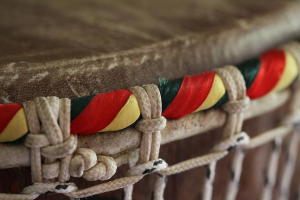
The djembe can produce a wide variety of sounds, making it a most versatile drum. The drum is very loud, allowing it to be heard clearly as a solo instrument over a large percussion ensemble. The Malinké people say that a skilled drummer is one who “can make the djembe talk”, meaning that the player can tell an emotional story. (The Malinké never used the djembe as a signaling drum.)
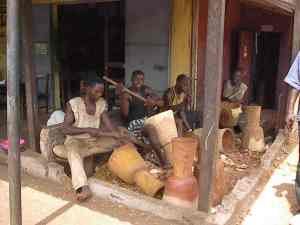 Traditionally, the djembe is played only by men, as are the dunun that always accompany the djembe. Conversely, other percussion instruments that are commonly played as part of an ensemble, such as the shekere (a hollowed-out gourd covered with a net of beads), karignan (a tubular bell), and kese kese (a woven basket rattle), are usually played by women. Even today, it is rare to see women play djembe or dunun in West Africa, and African women express astonishment when they do see a female djembe player.
Traditionally, the djembe is played only by men, as are the dunun that always accompany the djembe. Conversely, other percussion instruments that are commonly played as part of an ensemble, such as the shekere (a hollowed-out gourd covered with a net of beads), karignan (a tubular bell), and kese kese (a woven basket rattle), are usually played by women. Even today, it is rare to see women play djembe or dunun in West Africa, and African women express astonishment when they do see a female djembe player.